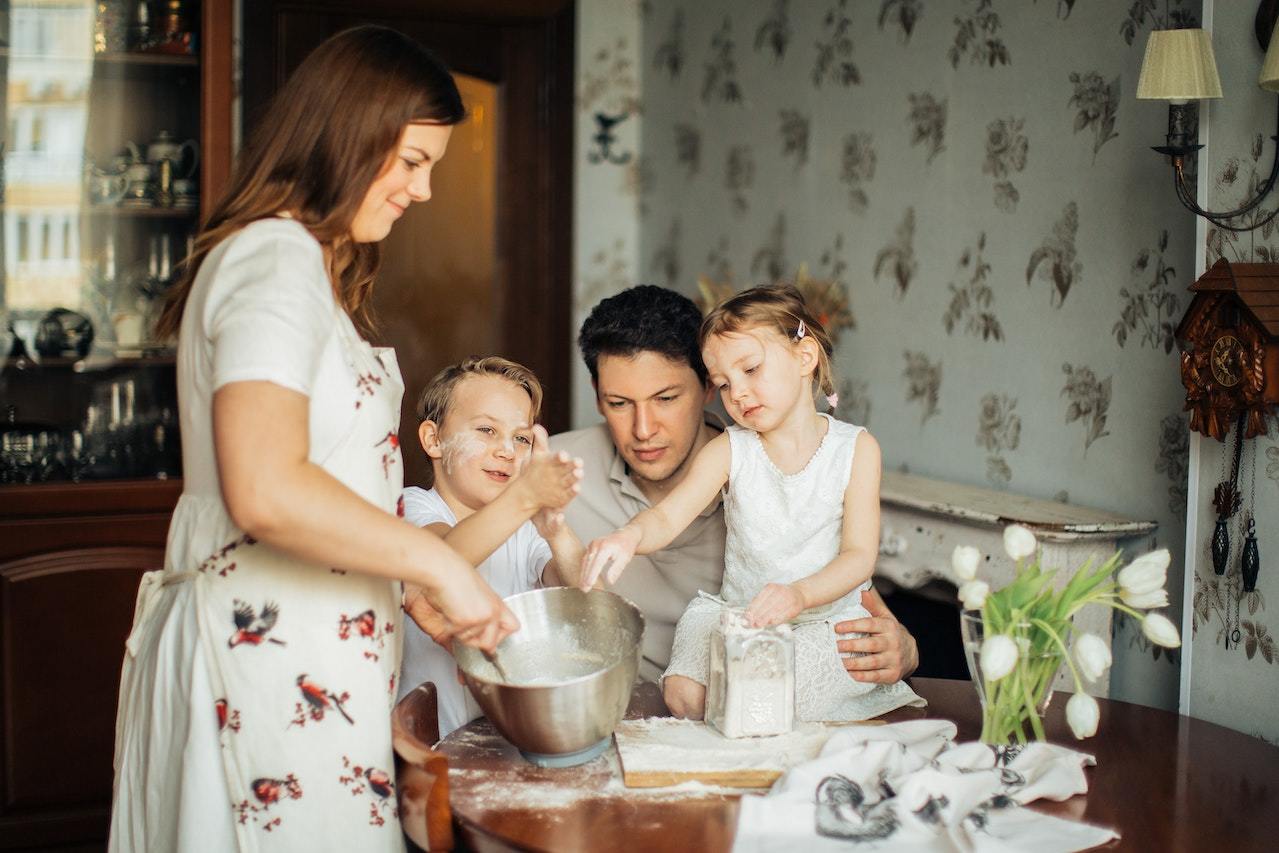5 Surprising Ways You and Your Family Could Be Exposed to Lead
Published September 13th 2022

https://www.pexels.com/photo/photo-of-kids-playing-with-flour-3807188/
Lead poisoning has been a concern for centuries and is still prevalent today. Children and pregnant women are most at risk for lead poisoning. Paint is one of the most common sources of lead, though the government prohibited its use in homes in 1978. There are still over three million households affected by lead-based paint. Unfortunately, children from low-income families are more likely to develop lead poisoning.
High levels of lead in the blood can lead to learning disabilities, developmental delays, and hyperactivity in children. There is also a link to lead exposure and late-onset dementia in older adults. Why do children and pregnant women have a higher risk? Children who are six and under are more likely to absorb lead as their bodies grow and develop at a faster rate.
They also tend to put everything in their mouths when they are young, including old toys made with lead-based paint. Pregnant women have a higher risk if they already have high levels of lead built up in their bones that gets passed to the infant while in utero. Lead-based paint is no longer used in homes, but you should be aware of other sources. Here are five less-common sources that may expose you and your family and how to decrease your risk.
Your Clothes
If you work in industries like construction or manufacturing, you can bring lead home on your clothes. If you are exposed to lead dust at work, you should remove your work clothes as soon as you enter your home and put them in the washing machine. After washing your work clothes, you should run another cycle to clean the empty machine of lingering lead dust.
Aside from work clothes, you or your children can also be exposed to lead from new clothes. Online retailers like Shein and AliExpress have been accused of having unusually high lead levels in their clothes. Clothing dye can contain lead, so you should be aware of the quality of the clothes you purchase. It's also a good practice to always wash new clothes before wearing them.
Your Jewelry
Clothing is not the only thing sold that can contain toxic metal. Although jewelry made with lead violates the health codes, some companies continue to use it and have even faced lawsuits. You should pay attention to where you buy your jewelry. Remember to avoid leaving jewelry around where children can put it in their mouths.
Children love to play with colorful necklaces, don't let them put them in their mouths. To avoid toxic jewelry, you should purchase pieces made with pure gold and silver. If in doubt, you can also purchase a lead test kit. But it's best to be proactive and inspect the jewelry before the purchase.
Your Water
Some geographical areas may have more lead contamination in their water than others. It's probably no surprise that water can contain lead. Lead is in water pipes and other plumbing mechanisms. What can be surprising is the fact that all water filters are not alike. Some may not remove the lead from your water.
Reverse osmosis water filtration is best for lead removal. Although there are some water pitchers with this technology, you will have better results with an under sink water filter system. Use a good filter and only drink refrigerated tap water. Also remember that boiling water will not remove lead, it will only increase it's concentration.
Your Garden
Your garden may be beautiful...but it can also be toxic. Soil naturally contains lead and is one of the sources of exposure that can get overlooked. You or your children can be exposed by eating fruit and vegetables grown in contaminated soil. Children may also play in the soil or put it in their mouths.
You should remove and wash gardening clothes and shoes when you enter the house to keep your family safe. You can also test lead levels in the soil prior to using it for your garden to determine if they are extreme.
Your Spices
According to Consumer Reports, over 30 percent of spices from the most popular brands included an alarming level of heavy metals like lead. In some cases, lead levels in spices exceeded the daily maximum! Most people use a variety of herbs and spices while cooking, especially if they are on a low-sodium diet.
Spices like oregano, basil, and thyme add flavor and life to popular dishes. To avoid adding toxic heavy metals like lead to your food, choose your spices wisely. You can even get really creative and grow your own spices at home (with non-contaminated soil, of course).
Final Thoughts
Lead poisoning is still a concern in most households. Children and pregnant women have a higher risk of lead poisoning. The most common source of exposure is lead-based paint, but you and your family can be exposed in many other ways. Lead can be in your clothes, jewelry, water, gardening soil, and spices.
To protect your family from lead exposure, you should be careful where you buy clothes and jewelry. You should also invest in a water filtration system, test your soil, and try growing your own spices. Lead is naturally occurring, but it can also be toxic. Fortunately, you now have the information you need to protect yourself and your family.